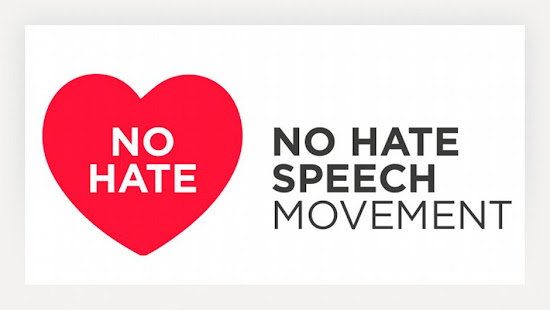By Deborah L. Cohen, Tue Jan 27, 2009 11:25am EST
CHICAGO (Reuters.com) -- Gayle Buske is a recruiter. But unlike most of her rivals in today's slowing economy, she is experiencing an upswing in business. In fact, Buske would argue that the downturn is actually helping bring in additional candidates - and more customers looking for their expertise.

Buske runs a service that places offsite support staff with entrepreneurs and small- to mid-sized companies looking for part-time help. Working from home offices, these so-called virtual assistants handle everything from basics like typing and answering phones to more sophisticated tasks such as developing Web sites, following up on sales leads and managing databases.
"The skills would amaze you," says Buske, who has operated the company, Team Double-Click, out of her own home office in the small southwestern Colorado town of Ouray since 2003. "There's accounting, bookkeeping, lawyers, general administrative assistants - you name it and it's there."
Indeed, Buske, who used to receive 200 to 300 new resumes a week, says interest in becoming a virtual assistant has jumped in recent months due to record levels of unemployment as corporations tighten their belts. On Monday alone, big companies such as Caterpillar, Nextel and Home Depot announced layoffs amounting to some 65,000 jobs in the U.S. and abroad.
Team Double-Click has about 56,000 would-be virtual workers in its database. Before being placed, these administrative professionals must pass thorough a rigorous set of screens that include online skills testing, phone interviews and reference checks.
"Demand for our services has actually gone up," says Buske. "A lot of clients are replacing their brick-and-mortar offices with virtual offices. They're staffing virtually."
Indeed such arrangements save companies that can no longer support full-time staff large sums in costs such as overhead, workers' benefits and most important, paid time for unproductive hours when the workflow ebbs.
"I don't work more than 10 hours a month for any one client," says Kathy Hadzibarjric, a virtual assistant who provides ongoing support to about 15 clients. She has developed her business over the past five years, after leaving a full-time project management position for a nonprofit following a decision to relocate to Tampa, Florida.
EDUCATING BUSINESSES
In recent years, virtual assistants have become increasingly recognized in the professional world with trade groups such as the U.S.-based International Virtual Assistants Association, Virtual Assistant Networking Association, the Canadian Virtual Assistant Network, and the Canadian Virtual Assistant Connection, among other groups elsewhere in the world. They are slowly developing industry standards and accreditation and have drawn the attention of junior colleges.
"We don't have any hard and fast numbers," says Sue Kramer Harrawood, director of marketing for the IVAA and an Orland Park, Illinois-based virtual assistant. "Our biggest job is educating the business community that we are out there, that we are a viable option if it's the right fit." Harrawood says her organization estimates that virtual assistants have grown to a multi-billion-dollar industry.
According to a 2007 survey by the U.S.-based Virtual Assistant Networking Association, which boasts more than 10,000 members, nearly 97 percent of virtual assistants are women; some 76 percent have children. The majority work more than 30 hours per week.
Depending on the complexity of the task, their rates can range from $20 to about $60 per hour and up. In addition to newcomers from the ranks of the recently unemployed from the corporate world, there are a host of reasons why workers choose this nontraditional career path. Frequently they are trying to juggle career and family responsibilities.
"I missed interacting with professional people," says Rebecca Buscemi, a Baltimore, Maryland-based mother of two who began her career as a virtual assistant after being put on bed rest prior to the birth of her youngest child. "I really enjoy being home with my kids."
Like many in the field, she is building her business through referrals and testimonials - critical stamps of approval in a realm of work where there is little to judge worthiness other than the quality of the tasks performed.
Says Tracy Gosson, a marketing and economic development consultant: "When you're a small business, (you) can't be worried about other people getting their stuff done."
-- Deborah Cohen covers small business for Reuters.com. She can be reached at smallbusinessbigissues@yahoo.com --
Related Article:
Nike CEO sees big jump in online sales

















